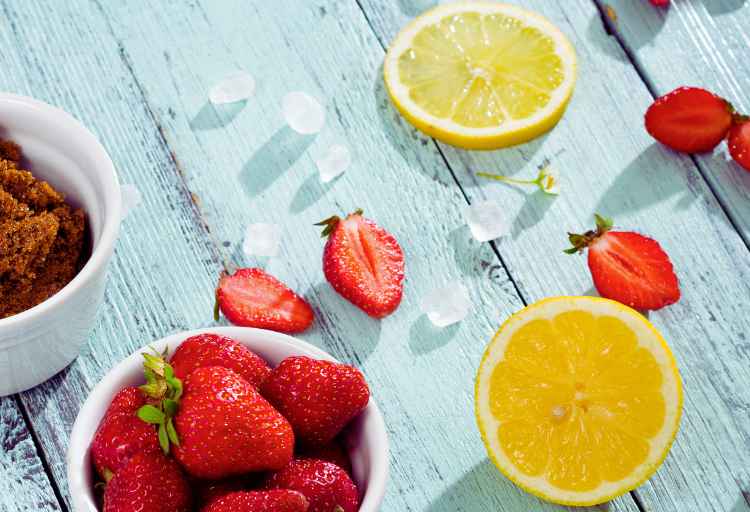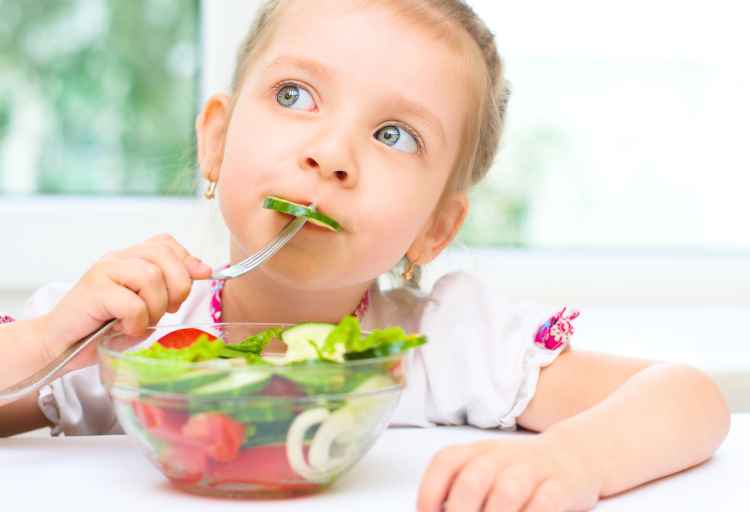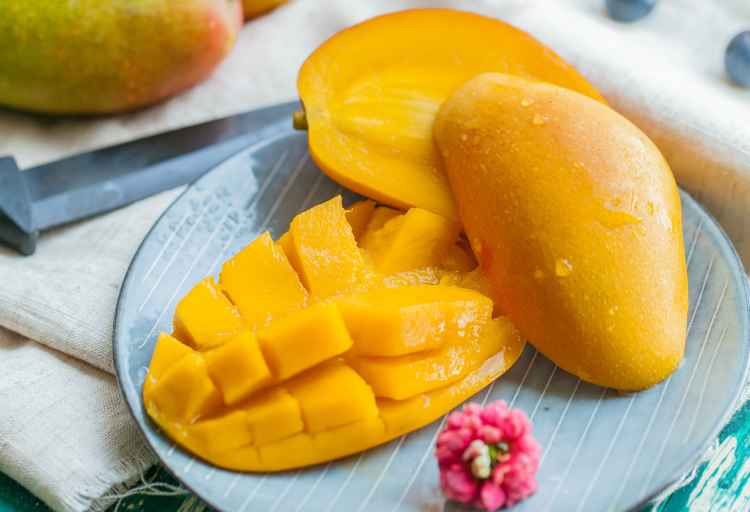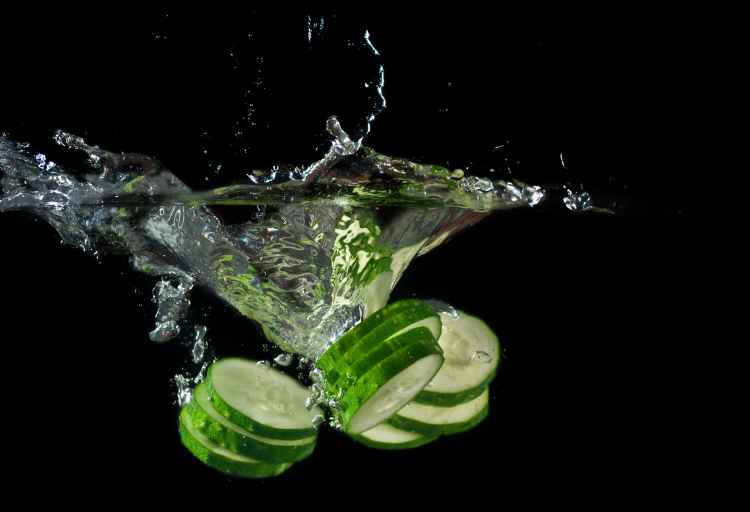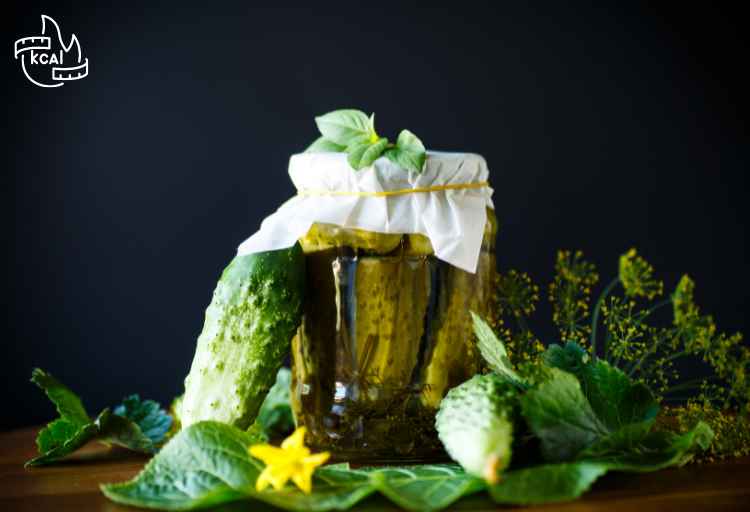Can You Eat Cucumber with White Spots? Exploring the Safety and Health Implications
Cucumbers are a refreshing and nutritious addition to salads, sandwiches, and even as standalone snacks.
However, encountering white spots on cucumbers can raise questions about their safety and edibility.
Can you eat cucumber with white spots? Yes, cucumbers with white spots are generally safe to eat. These spots are often superficial and result from natural variations or calcium deposits. However, inspect for mold or spoilage signs before consumption.

Contents
Can you eat cucumber with white spots?
Natural Variations and Blemishes Cucumbers, like many fruits and vegetables, come in a variety of shapes, sizes, and colors.
Minor blemishes, including white spots, can occur naturally due to environmental factors such as temperature fluctuations, uneven watering, and exposure to sunlight.
These spots are typically harmless and are not indicative of spoilage.
Calcium Deposits One common cause of white spots on cucumbers is the presence of calcium deposits.
These deposits can form on the skin of cucumbers during their growth and development. While they might alter the appearance of the cucumber, they are generally safe to eat.
Safety and Health Implications
Edibility of Cucumbers with White Spots In most cases, cucumbers with white spots are safe to eat. The spots are often superficial and do not penetrate deep into the flesh of the cucumber.
However, it’s advisable to inspect the cucumber thoroughly and cut away any affected areas before consuming, especially if the spots are accompanied by signs of mold or other spoilage.
Spoilage and Mold While white spots alone might not necessarily indicate spoilage, it’s essential to be cautious if the spots are fuzzy, soft, or accompanied by a foul odor.
These could be signs of mold growth, which can compromise the cucumber’s safety and taste. If you encounter such cucumbers, it’s best to discard them.
Making an Informed Decision
Visual Inspection When deciding whether to eat cucumber with white spots, carefully examine the spots.
If they appear to be on the surface and the rest of the cucumber looks firm and healthy, you can simply remove the affected area and enjoy the rest.
Cutting and Tasting If you’re unsure about the cucumber’s quality, cut a small section around the white spot and taste it.
If the cucumber tastes normal and doesn’t exhibit any off-putting flavors or odors, it’s likely safe to consume.
Washing Regardless of whether the cucumber has white spots, washing it thoroughly under running water is always recommended.
This practice can help remove any surface contaminants and enhance your overall food safety.
Preventing White Spots and Ensuring Cucumber Quality
Proper Storage Storing cucumbers at the right temperature and humidity levels can help prevent the development of white spots.
Keep cucumbers in the refrigerator’s vegetable crisper drawer to maintain their freshness.
Regular Harvesting If you’re growing cucumbers in your garden, harvest them regularly when they reach the appropriate size.
Overripe cucumbers are more likely to develop blemishes and spots.
Conclusion
In conclusion, the presence of white spots on cucumbers is a common occurrence and is often harmless. These spots can result from natural variations, calcium deposits, or other benign causes.
While cucumbers with white spots are generally safe to eat, it’s crucial to inspect them carefully and exercise caution if the spots are accompanied by mold or spoilage indicators.
By making informed decisions based on visual inspection, cutting, tasting, and proper washing, you can enjoy your cucumbers while minimizing any potential risks.
Remember that proper storage and harvesting practices can also contribute to the overall quality and appearance of cucumbers, reducing the likelihood of encountering white spots in the first place.
FAQs
Can you eat cucumbers with white spots?
Yes, you can usually eat cucumbers with white spots. These spots are often harmless and caused by factors like calcium deposits. However, ensure there’s no mold or spoilage.
Are white spots on cucumbers a sign of spoilage?
Not necessarily. White spots are commonly superficial and don’t always indicate spoilage. Check for additional signs like fuzzy texture or foul odor to determine spoilage.
How do you know if a cucumber is safe to eat with white spots?
Inspect the spots: if they’re on the surface, trim them away. If the cucumber looks and smells normal, it’s likely safe. When in doubt, cut a small portion to taste.
Can washing cucumbers remove white spots?
Washing cucumbers can’t always remove white spots, as they’re often embedded in the skin. However, washing can help remove surface contaminants and enhance overall safety.
What causes white spots on cucumbers?
White spots can result from natural variations, calcium deposits, or uneven growth conditions. These factors are generally harmless and don’t affect edibility.

